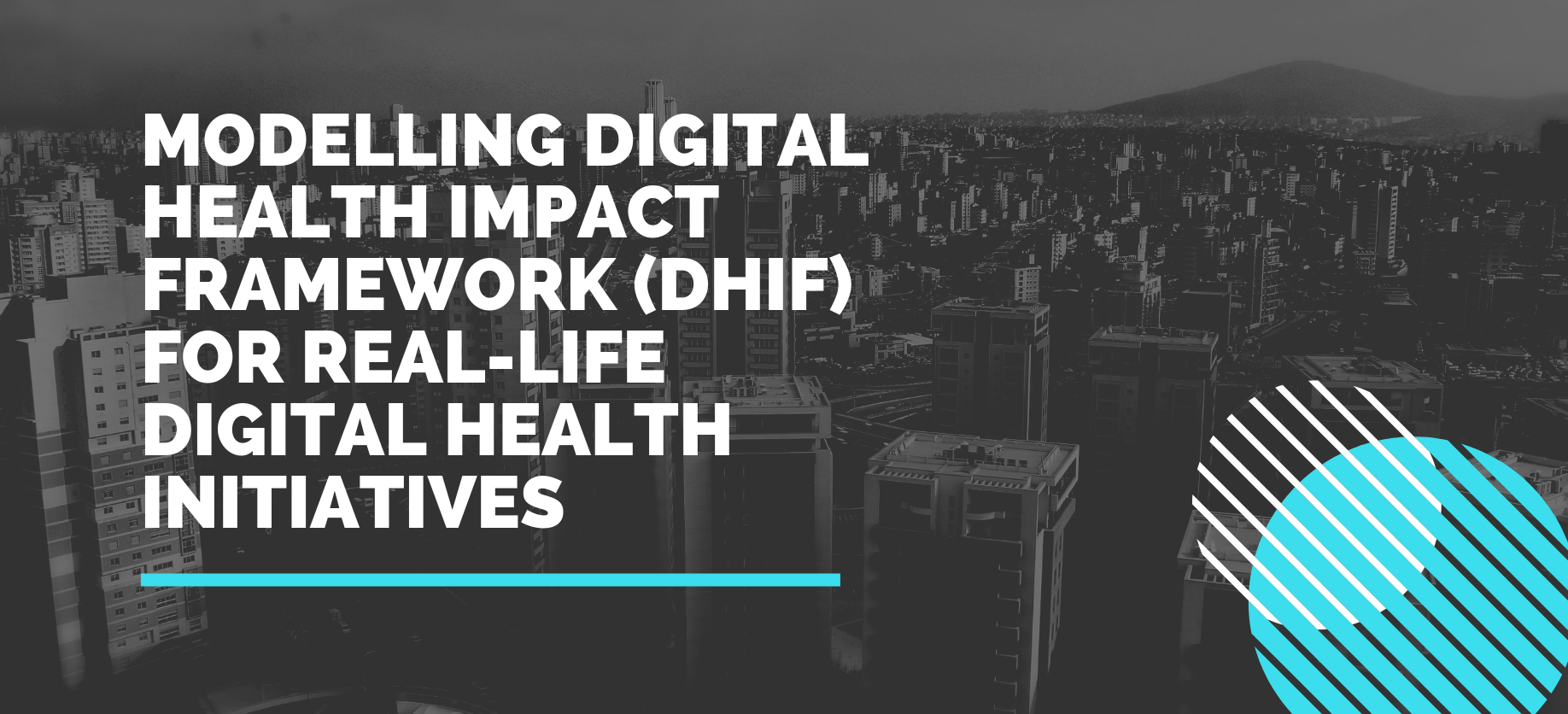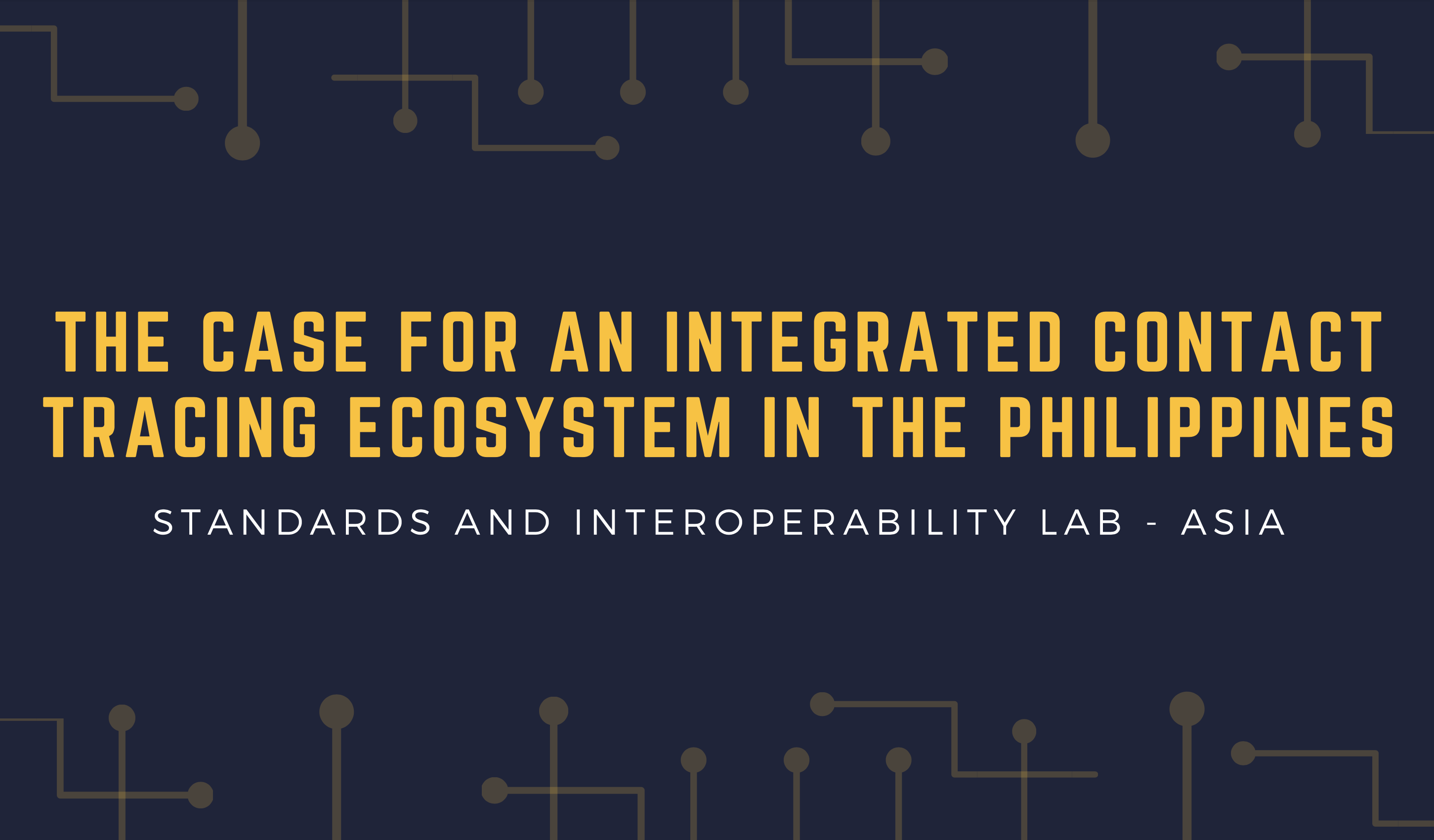Part of the Asian Development Bank’s (ADB) Digital Health Impact Framework(DHIF) project is the application of DHIF model in four digital health initiatives:
- Strategic Affordability Model
- Immunization Information Systems (IIS) Model – Country Level
- Immunization Information Systems (IIS) Model – Urban District
- Immunization Information Systems (IIS) Model – Rural District
In these models, they used selected components of the DHIF methodology to:
-
Manage strategies and projects
-
Support affordability and financing decisions
-
Mitigate risks
-
Set up benefit realization.
CapEx and OpEx
Affordability is an essential component of sustainability. For many countries, especially the ADB’s Developing Member Countries (DMC), grants and loans for digital health’s capital costs (CapEx) may be readily available. They can help to finance digital health programs and projects, but seldom provide continuing support for operational expenditure (OpEx).
OpEx and its opportunity costs are crunch requirements for affordability and financial sustainability. OpEx has two parts. The first part pertains to extra socioeconomic costs or financial resources. The second part needs redeployed costs or existing resources, such as health workers’ time. Examples are:
- Extra Socioeconomic Costs:
2. Redeployed Costs:
Affordability Assessment
Assessing affordability for digital health strategies can involve a complex array of scenarios. Each one needs its own partial DHIF model for comparisons. An example is:

This data, ranging across several scenarios, can help to commission the extra analyses needed for shortlists and more detailed assumptions and estimates. DHIF can help to assess the wider view of several scenarios and narrow these down into a more viable, manageable shortlist. The final step is an affordable digital health strategy that is ready for implementation.
Immunization Information System Model
Stepping up immunization in remote, underperforming districts is an important part of Universal Health Coverage (UHC). An example of the national IIS model shows two options. One is a nation-wide project. The other is a phased project. A DHIF comparison of net present values (NPV) is:

Option 2, deferring parts of the project, has similar estimated costs, but lower estimated benefits, including deferred UHC. This is important for decision takers. They can put this alongside other factors, such as health workers availability for engagement and risk mitigation, to balance several factors in their decision taking.
Training for these DHIF models is essential. Rome Business School has short DHIF courses . It coaches modelers using their own digital health projects.
More information about Digital Health Impact Framework is available here.
The Standards and Interoperability Lab – Asia is a regional health interoperability laboratory powered by the Asia eHealth Information Network (AeHIN) and supported by the Asian Development Bank (ADB) with sponsorship from The People’s Republic of China Poverty Reduction and Regional Cooperation Fund (PRC Fund).
The concept for the Standards and Interoperability Lab – Asia was first conceived at the Regional Interoperability Workshop organized by AeHIN in Manila last August 2015 at the sidelines of the Global Health Research Forum. The regional lab was designed to serve as a template of labs in each country that will later form into the Community of Interoperability Labs (COIL).






